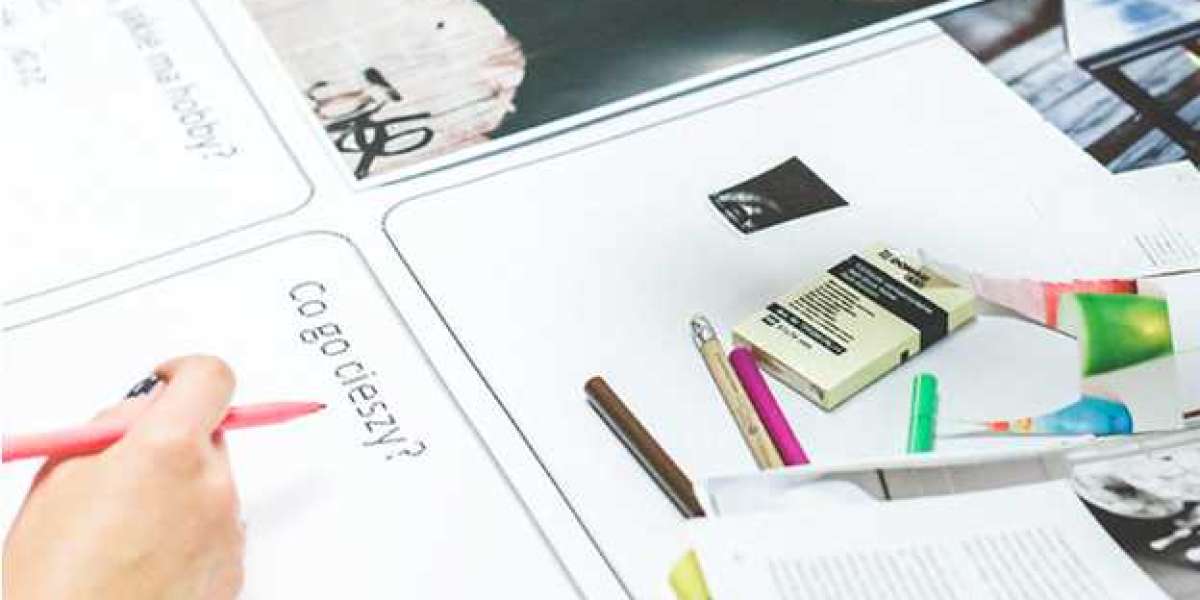Creating effective signage for your business, building, or event goes far beyond simply designing a pretty sign. Well-thought-out signage not only directs, informs, and engages but also reflects your brand identity and enhances the user experience. Whether you’re planning a new wayfinding system, promotional signage, or any other type of display, a comprehensive design planning process ensures that the final product meets both functional and aesthetic goals.
Here’s a step-by-step guide to the process of signage design planning services to help you better understand how the professionals approach this vital task.
1. Understanding Client Needs and Goals
The first step in any signage design project is understanding the client’s needs. This initial phase is crucial, as it sets the foundation for the entire project.
- Consultation and Discussion: A signage design service typically begins with an in-depth consultation with the client. The goal is to gather information about the specific purpose of the signage, the target audience, and the environment where it will be placed.
- Defining the Objectives: The team will work with the client to define the primary objectives of the signage. Whether it’s to guide people, promote a product, or create brand awareness, understanding the “why” behind the signage helps drive the design direction.
- Assessing the Space and Location: It’s also essential to assess where the signage will be placed. Factors like visibility, lighting, size constraints, and the flow of traffic within the space are crucial in determining the design and functionality.
2. Conducting Research and Analysis
Before diving into the design itself, thorough research and analysis are necessary. This phase helps ensure that the signage will be both effective and aligned with industry best practices.
- Analyzing the Environment: The design team evaluates the environment where the sign will be located. For example, if it’s outdoor signage, the durability of materials and the impact of weather conditions are considered. Indoor signage, on the other hand, may require a focus on interior décor and the overall flow of the space.
- Audience Research: Understanding the demographics and behaviors of the target audience is essential. Whether your audience is employees, customers, or visitors, the design should cater to their needs. For example, accessible signage may be required for people with disabilities, or multilingual signage might be necessary for a diverse audience.
- Competitor and Industry Analysis: The design team often looks at what other businesses or organizations in the same industry are doing in terms of signage. This research ensures that the signage stands out while staying relevant to industry norms.
3. Developing the Concept
Once the research phase is complete, the design team begins developing concepts. The focus now shifts to creativity and exploration to create a design that fulfills all the objectives identified earlier.
- Initial Sketches and Ideas: Designers will typically create rough sketches or mood boards to visualize various design concepts. These sketches may include ideas for layout, color schemes, typography, and graphic elements.
- Concept Presentation: Several initial concepts are often presented to the client for feedback. These concepts are based on the research findings and the goals of the signage project. The client can provide input and suggestions to narrow down the design direction.
- Material and Finish Selection: During this phase, the team also considers the materials and finishes that will be used for the signage. Different materials (wood, metal, acrylic, etc.) have distinct aesthetic and functional qualities, so choosing the right one is vital for achieving the desired result.
4. Finalizing the Design
Once a direction has been chosen, the design team refines the concept, ensuring that it’s both visually appealing and functional. This phase involves turning rough concepts into a polished design that meets all technical, aesthetic, and brand requirements.
- Design Refinement: The initial concepts are fine-tuned, with adjustments made to typography, color balance, layout, and graphic elements. The design is also adjusted for readability, ensuring that all text and visuals are clear and easy to interpret.
- Incorporating Brand Identity: Custom signage should reflect the brand’s identity. Designers will incorporate elements like the company logo, brand colors, and typefaces to ensure consistency with the brand’s visual language.
- Client Approval: Once the design is finalized, the client is presented with the final design. This is a critical step as the client’s approval ensures that the design meets expectations before moving into production. Any final tweaks can be made at this stage.
5. Selecting Materials and Production Methods
After the design is approved, the next step is selecting the right materials and production methods for creating the signage. The choice of materials has a direct impact on the look, durability, and functionality of the sign.
- Material Selection: The design team will recommend materials that align with the design and intended use of the sign. For instance, outdoor signs may require weather-resistant materials like metal, aluminum, or high-density plastics, while indoor signage might use lighter materials like foam or vinyl.
- Production Methods: The production method chosen (such as printing, engraving, or cutting) depends on the complexity of the design and the materials selected. Advanced techniques such as 3D printing, laser engraving, or CNC cutting may be used for more intricate designs.
- Prototyping: In some cases, a prototype or sample of the signage may be created before full production begins. This ensures that the materials and design work as expected in real life.
6. Signage Production
Once the materials and production methods are finalized, the actual production of the signage takes place. This phase involves the fabrication of the signs based on the design specifications.
- Manufacturing Process: During production, the design is translated into physical form. Whether it’s printing onto a vinyl banner, cutting letters out of acrylic, or mounting graphics onto a backlit sign, this step brings the design to life.
- Quality Control: Throughout the production process, there is a strong emphasis on quality control. Each sign is checked to ensure it meets the required standards for accuracy, quality, and durability.
7. Installation and Placement
After the signs are produced, the next step is installation. Proper placement and installation are critical for ensuring that the signage is both functional and visually appealing in its environment.
- Site Assessment: Before installation, the site is evaluated to ensure that the signage will be positioned in the optimal location for visibility and effectiveness. For outdoor signage, the team will consider factors such as sightlines, lighting, and the potential for environmental wear.
- Installation Process: The signage is then installed, often by professional installers who have experience handling large or complex installations. For example, large building signs may require cranes or scaffolding, while smaller indoor signs may need to be mounted or affixed to walls or display stands.
- Final Inspection: Once the signs are installed, a final inspection is conducted to ensure that everything is in place, aligned correctly, and functioning as intended. This may include checking lighting features for illuminated signs or ensuring that digital displays are working properly.
8. Ongoing Maintenance and Updates
While installation may mark the end of the design process, signage often requires ongoing maintenance to ensure that it stays functional and visually appealing. Depending on the location and material used, signs may need regular cleaning, repairs, or updates.
- Regular Maintenance: Signs that are exposed to the elements or have moving parts may require cleaning or maintenance over time. Regular checks can ensure that the signage remains in good condition and that any minor issues are addressed promptly.
- Updates and Modifications: Businesses often need to update signage to reflect new information, products, or services. Custom signage services can offer ongoing support to modify or replace outdated signs as needed.
Conclusion
The process of signage design planning involves several critical steps that ensure the final product is both functional and visually aligned with a business’s goals. From understanding client objectives to researching the best materials and methods for production, each phase contributes to the creation of effective signage. By following a step-by-step approach, businesses can ensure that their signage not only serves its purpose but also becomes a valuable asset to their brand identity and overall success.














